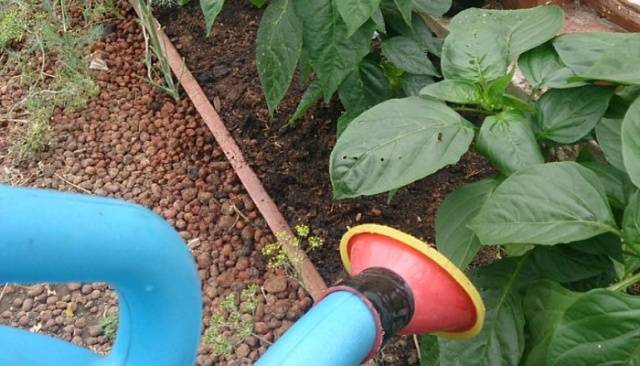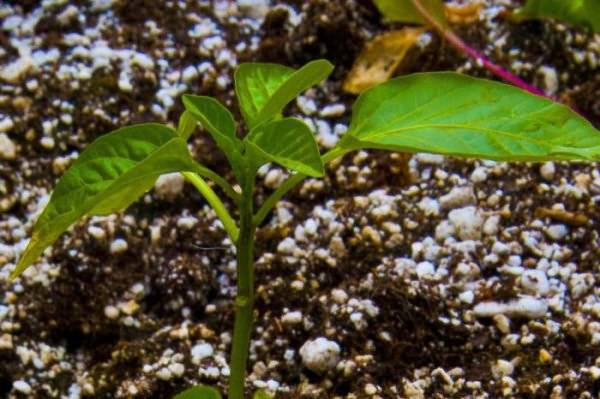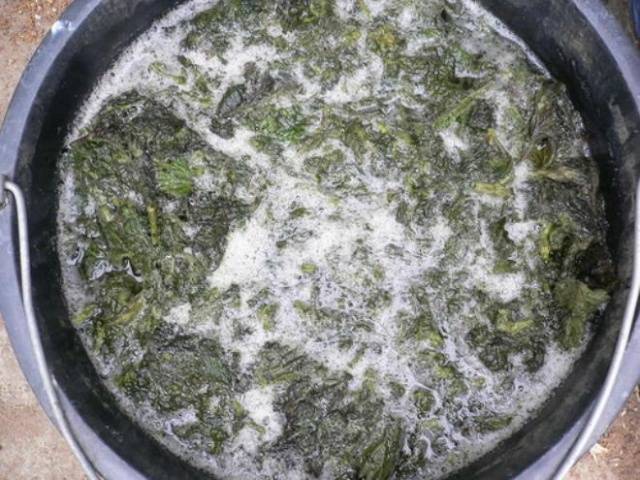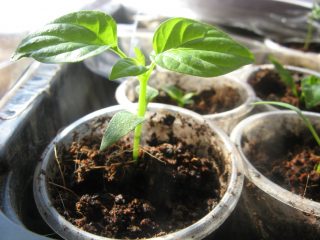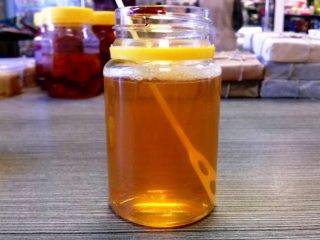Content
It is impossible to get healthy seedlings without using fertilizers. Some summer residents prefer ready-made chemical fertilizers, others try to use only natural remedies. One of the most affordable and effective remedies is yeast. Top dressing of pepper yeast can significantly improve yields, enhance the plant's ability to resist diseases and unpleasant weather factors.
Yeast composition
The composition of the yeast is unstable and depends on many factors. The main substances that make up yeast:
- Amino acids;
- Nucleic acids;
- Lipids;
- Carbohydrates
- B vitamins;
- Ergosterol;
- Minerals.
All of these substances are very important for plant growth. If you use yeast as a top dressing, your plants will get enough nutrients to grow vigorously. Plants that are not deficient in nutrients during intensive development can more easily tolerate stressful situations, such as cold weather, lack of sunlight, transplanting.
Yeast top dressing can be easily prepared at home, no special tools are required for this.
Yeast contains a group of minerals, which includes:
- Calcium;
- Magnesium;
- Iron;
- Copper;
- Phosphorus;
- Sodium;
- Potassium;
- Zinc.
All minerals in yeast are in a special form that facilitates easy absorption by the root system from the soil.
Since yeast contains a small amount of potassium, it is necessary to combine the use of yeast feeding with the introduction of wood ash or other sources of magnesium fertilizers.
In addition to its rich chemical composition, yeast has the ability to improve the structure of the soil. The use of a yeast solution promotes the intensive growth of soil bacteria, which significantly increase the availability of microelements for plants, processing organic matter contained in the earth.
You can use yeast feeding for most garden and ornamental crops, peppers respond best to yeast feeding, tomato, eggplant. It is undesirable to use yeast for feeding garlic, Luke, potatoes.
Nutrient Deficiency
Bell pepper seedlings at home develop rather slowly, this is the most vulnerable stage of growth. The lack of nutrients and trace elements at this stage negatively affects the further development and productivity.
By the appearance of the plants, you can see that the seedlings are lacking in nutrients. Usually summer residents pay attention to the following:
- Seedlings develop very slowly;
- The lower leaves lose their color;
- Seedlings are often sick;
- The leaves are deformed, acquire an unusual color.
The reason for the slow development of seedlings is most often a deficiency of nitrogen and magnesium. In this case, the process of photosynthesis slows down, metabolic processes inside the plant are not fast enough. As a rule, the root system of such plants is well developed.
Another reason for slow growth is phosphorus deficiency. In this case, the root system of plants suffers, the lack of this trace element does not allow it to develop.The plant is experiencing acute starvation, including oxygen. If phosphorus fertilization is not applied in time, seedlings may die.
Loss of color in the lower leaves most often indicates a lack of potassium and magnesium. These trace elements are involved in all metabolic processes; full-fledged photosynthesis is impossible without these substances.
Lack of nutrients weakens the immunity of seedlings, such plants are very easily affected by fungal and bacterial diseases. In this case, complex feeding is necessary for the peppers, the fertilizer complex must necessarily contain magnesium.
Lack of phosphorus and iron can cause leaf deformation, most often these leaves are noticeably smaller. Due to the disturbed process of photosynthesis, the color of the leaves can change.
Fertilization timing
It is advisable to start fertilizing at the stage of seed preparation. Pepper seeds take a long time to germinate; treatment with a yeast solution can speed up this process.
Bell pepper seeds are soaked for two to three hours in a 10% yeast solution, you can add a teaspoon of wood ash. After processing, the seeds are rinsed under warm running water, dried a little.
It is important to mix the ingredients well. Feeding the pepper with yeast and ash will provide all the nutrients it needs.
After the seeds hatch, the phase of active growth of seedlings begins. After the first true leaves appear at the seedlings, it is necessary to apply yeast feeding for the first time so that the plant has enough nutrients for growth.
The resulting complex of nutrients for pepper seedlings will be sufficient for 2-3 weeks, after which it is necessary to repeat the application. Be sure to feed with yeast 3 days before planting in the ground, this will make the seedlings easier to get used to in a new place.
In the future, yeast feeding is carried out once a month.
Recipes
Despite the fact that it is almost impossible to overdose on yeast-based fertilizers, adherence to the recipe will maximize the effect. The following recipes will show you how to make the most effective yeast pepper feed.
Classic recipe
The most common recipe fertilizer for pepper includes the following ingredients:
- Yeast - 200 gr;
- Water - 5 liters.
Knead yeast with the addition of a tablespoon of sugar to speed up the process of fungal growth. The resulting homogeneous mass is mixed with water, left to infuse for 2 hours in a warm place. After that, dilute 1 part of the solution in 10 parts of water. With the obtained yeast fertilizer, seedlings and adult peppers are watered, one young plant will need 0.5 liters of solution, and a liter for an adult.
Milk recipe
To prepare this recipe, you will need the following:
- Yeast - 200 gr;
- Milk - 5 l.
A small amount of milk is mixed with yeast and sugar so that no lumps remain, add to the milk. Placed in a warm place, milk and yeast should stand for at least 2 hours, after which 50 liters of water are added to them. The resulting solution is poured over the soil around the peppers, the consumption is up to 1 liter per plant.
Weed Recipe
Weeds can also serve as a source of nutrients and trace elements for peppers. To prepare the infusion, you must:
- Mown grass - 1 bucket;
- Bread - 1 roll;
- Yeast - 500 gr;
- Water 5 l.
The cut grass is placed in a barrel of at least 50 liters in size; it is necessary to dilute the yeast and grind the bread. Fermentation process takes about 2 days, if the weather is cool, it may take 4 days. Solution consumption per plant - up to a liter.
Chicken droppings recipe
To prepare this fertilizer for pepper, you need to prepare:
- Chicken droppings - 2 cups;
- Wood ash - 2 glasses;
- Sugar - a third of a glass;
- Yeast - 100 gr.
All ingredients are mixed in a clean container, the infusion time is 2 hours. After preparation, for feeding, it is necessary to dilute the mixture in 10 liters of water.
The use of natural remedies for feeding peppers will allow you to get a rich, tasty and safe harvest.

